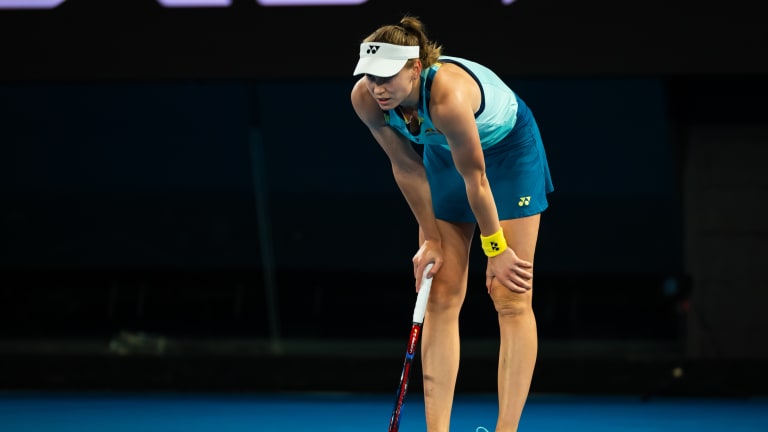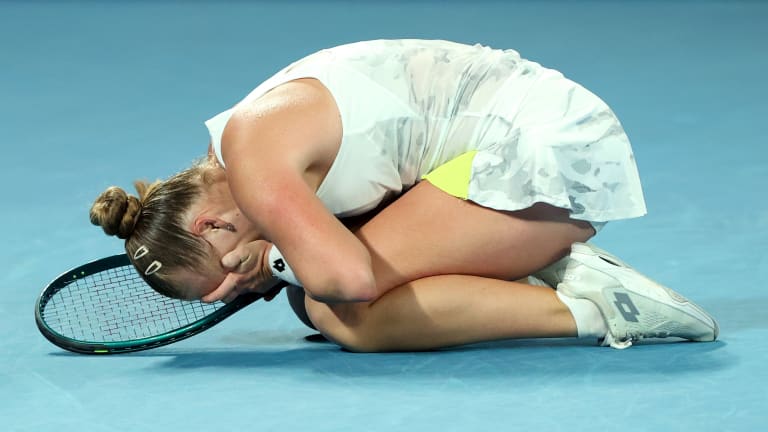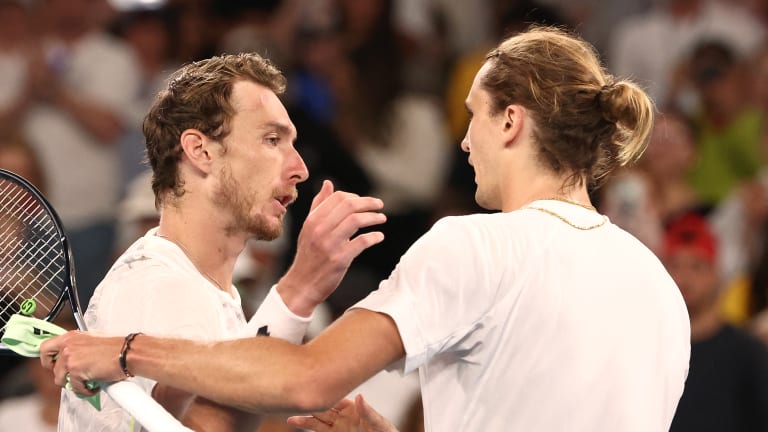Australian Open
The Australian Open has been a showcase for the high-pressure genius of the 10-point tiebreaker
By Jan 18, 2024Australian Open
Jannik Sinner does it his way: He chose tennis over skiing and selected his new coaching team
By Jan 31, 2024Australian Open
The State of the ATP: What we learned from the 2024 Australian Open
By Jan 30, 2024Australian Open
'Grandissimo': Italian Premier Giorgia Meloni welcomes home Australian Open champion Jannik Sinner
By Jan 30, 2024Australian Open
The State of the WTA: What we learned from the 2024 Australian Open
By Jan 30, 2024Australian Open
The doubles mastery, and radical fun, of Hsieh Su-Wei
By Jan 29, 2024Australian Open
Pope Francis congratulates Italy after tennis player Jannik Sinner wins the Australian Open
By Jan 29, 2024Australian Open
'I like to dance in the pressure storm,' Jannik Sinner says ... and he did just that in his Australian Open triumph
By Jan 28, 2024Australian Open
First of many? Jannik Sinner's five-set comeback sinks Daniil Medvedev in Australian Open final
By Jan 28, 2024Australian Open
Soccer-mad Italy is now obsessed with tennis player Jannik Sinner after his Australian Open title
By Jan 28, 2024Australian Open
The Australian Open has been a showcase for the high-pressure genius of the 10-point tiebreaker
It culminated with Anna Blinkova beating Elena Rybakina in a 42-point spine-tingler.
Published Jan 18, 2024
Advertising

How did Blinkova stay there for two points longer than Rybakina, the No. 3 seed? “If I have to say one word, I would say ‘courage’,” she said.
© 2024 Robert Prange
Advertising
Advertising

"This day I will remember for the rest of my life," said Blinkova, after toppling Rybakina in the second round.
© Getty Images
Advertising
Advertising

Klein and Zverev each won 190 points in their contest.
© AFP or licensors